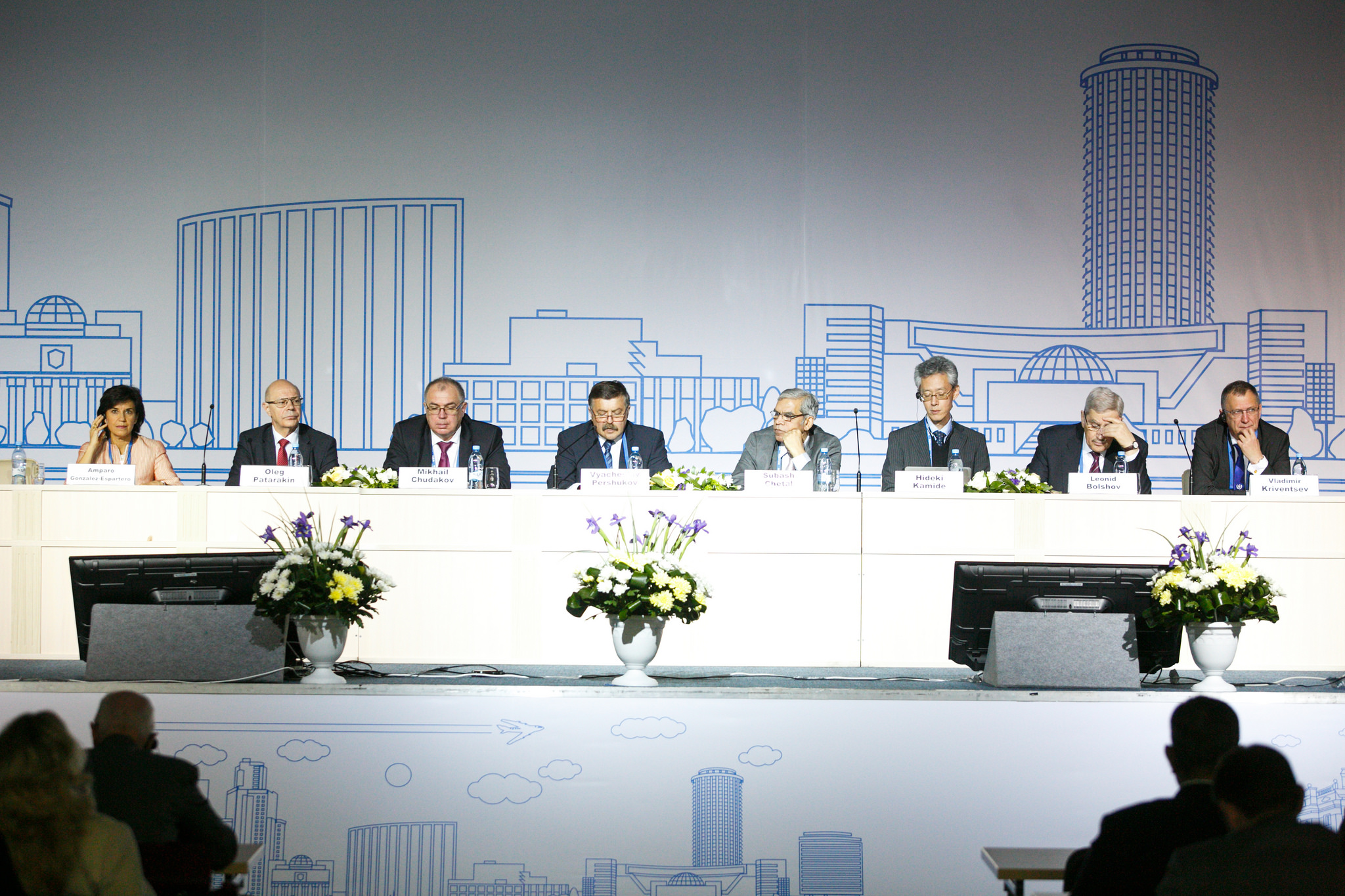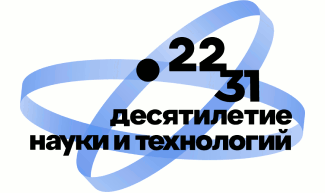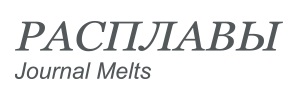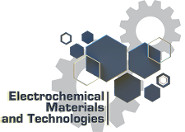 In the period from 26 to 29 June 2017 Ekaterinburg Expo has become a platform for International Conference on Fast Reactors and Related Fuel Cycles(FR-17). The conference was organized by the International Atomic Energy Agency (IAEA) in cooperation with the Government of the Russian Federation and with the support of Rosatom State Corporation.The conference theme was formulated as follows: «Next Generation Nuclear Systems for Sustainable Development». About 700 specialists from more than 30 countries took part in the conference. Within the framework of the plenary session, reports on the status and prospects of fast reactors development were presented by all countries dealing with this problem, as well as reports from the European Commission, the Atomic Energy Agency of the Organization for Economic Cooperation and Development (OECD), the IAEA and the Generation IV International Forum.Panel and section meetings covered a wide range of scientific issues and were devoted to the concepts of prospective reactors, active zones, fuels and fuel cycles, operation and decommissioning, safety, licensing, structural materials, industrial implementation, etc.
In the period from 26 to 29 June 2017 Ekaterinburg Expo has become a platform for International Conference on Fast Reactors and Related Fuel Cycles(FR-17). The conference was organized by the International Atomic Energy Agency (IAEA) in cooperation with the Government of the Russian Federation and with the support of Rosatom State Corporation.The conference theme was formulated as follows: «Next Generation Nuclear Systems for Sustainable Development». About 700 specialists from more than 30 countries took part in the conference. Within the framework of the plenary session, reports on the status and prospects of fast reactors development were presented by all countries dealing with this problem, as well as reports from the European Commission, the Atomic Energy Agency of the Organization for Economic Cooperation and Development (OECD), the IAEA and the Generation IV International Forum.Panel and section meetings covered a wide range of scientific issues and were devoted to the concepts of prospective reactors, active zones, fuels and fuel cycles, operation and decommissioning, safety, licensing, structural materials, industrial implementation, etc.
Russian experience and developments in the field of fast reactors were presented by scientists from JSC «Afrikantov OKBM», JSC «NIIAR», JSC «NIKIET”, JSC «SSC RF-IPPE», JSC «VNIINM named after A.A. Bochvara», SRC «Kurchatov Institute» , PI ITCP «Breakthrough» («Proryv») and NRNU MEPhI.
Employees of the Institute of High-Temperature Electrochemistry took an active part in the conference, presenting the results of the research carried out within the framework of the “Breakthrough” project. The key point of the project is the development of a technology for the pyro-chemical processing of highly active, little-used (not more than one year) spent mixed nitride uranium of plutonium nuclear fuel (MNUP).Until the end of 2015, the main operation under development was the process of direct anodic dissolution of nitride SNF in an equimolar melt of lithium and potassium chlorides with the isolation of the target products on a liquid cadmium cathode.Thus, it was planned to separate a significant part of the radioactive decay products, reduce energy release, and continue further purification of uranium and plutonium compounds, possibly using water schemes.Our colleagues have demonstrated that the direct electrorefiningof MNUP SNF does not provide the required parameters of the selected target component extraction even in the model objects (simulators).Their findings were confirmed in the framework of large-scale works at the Siberian Chemical Combine.At the present time, the leaders of the «Breakthrough» project have decided to conduct research and development (2017-2018) on the selection of a new scheme for reprocessing of spent nuclear fuel and to test pyrochemical technology and test prototype equipment in the experimental pyrochemical section of the experimental and demonstration power complex.In the proposed works, the IHEP plays an important role, both in terms of coordination and conducting key research.To do this, radiochemistry laboratory was established at the Institute, and its task – to conduct fundamental research and propose real schemes of pyrochemical redistribution when reprocessing MNUP SNFin close cooperation with other units of the Institute.
On the basis of the results obtained, appropriate equipment will be designed and technological schemes will be developed.

Alexey M. Potapov. Report: Pyrochemical recycling of the nitride SNF off as tne utron reactors in molten salts as apart ofthes hort-circuited nuclear fuel cycle




